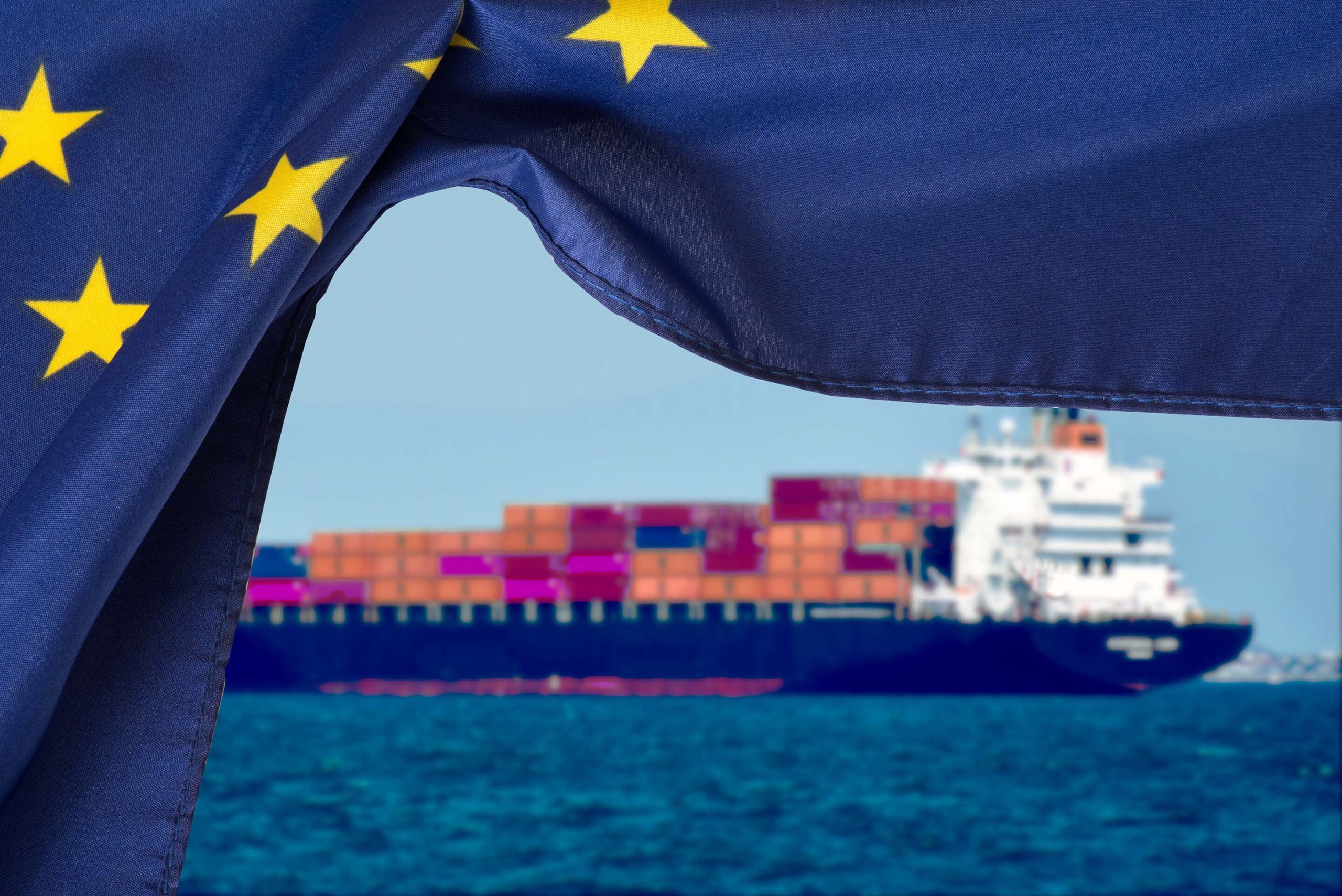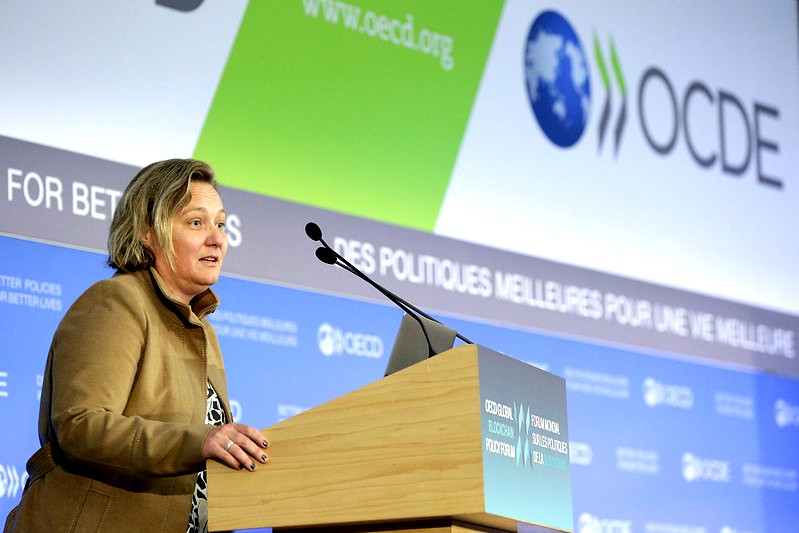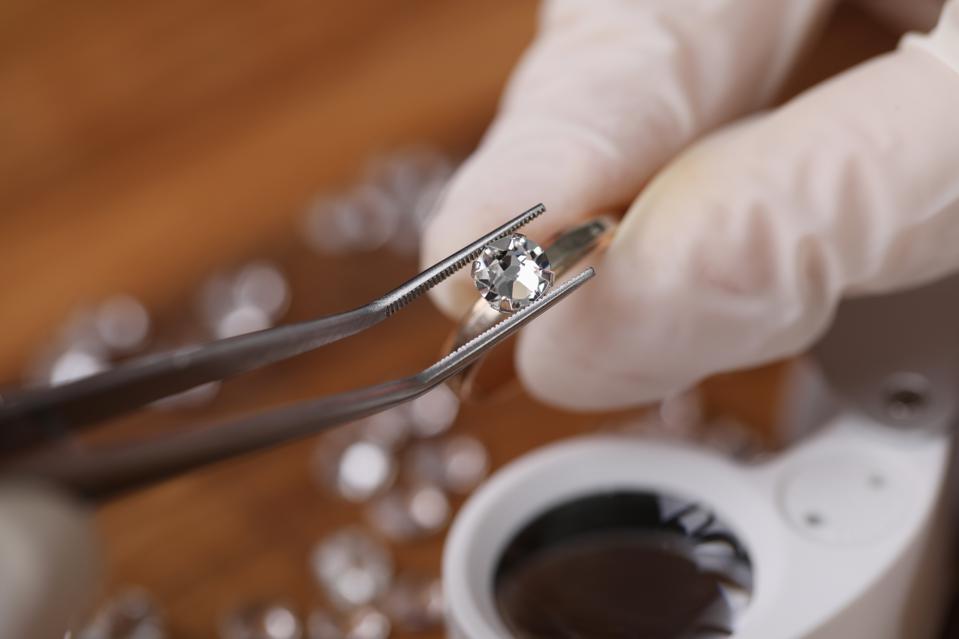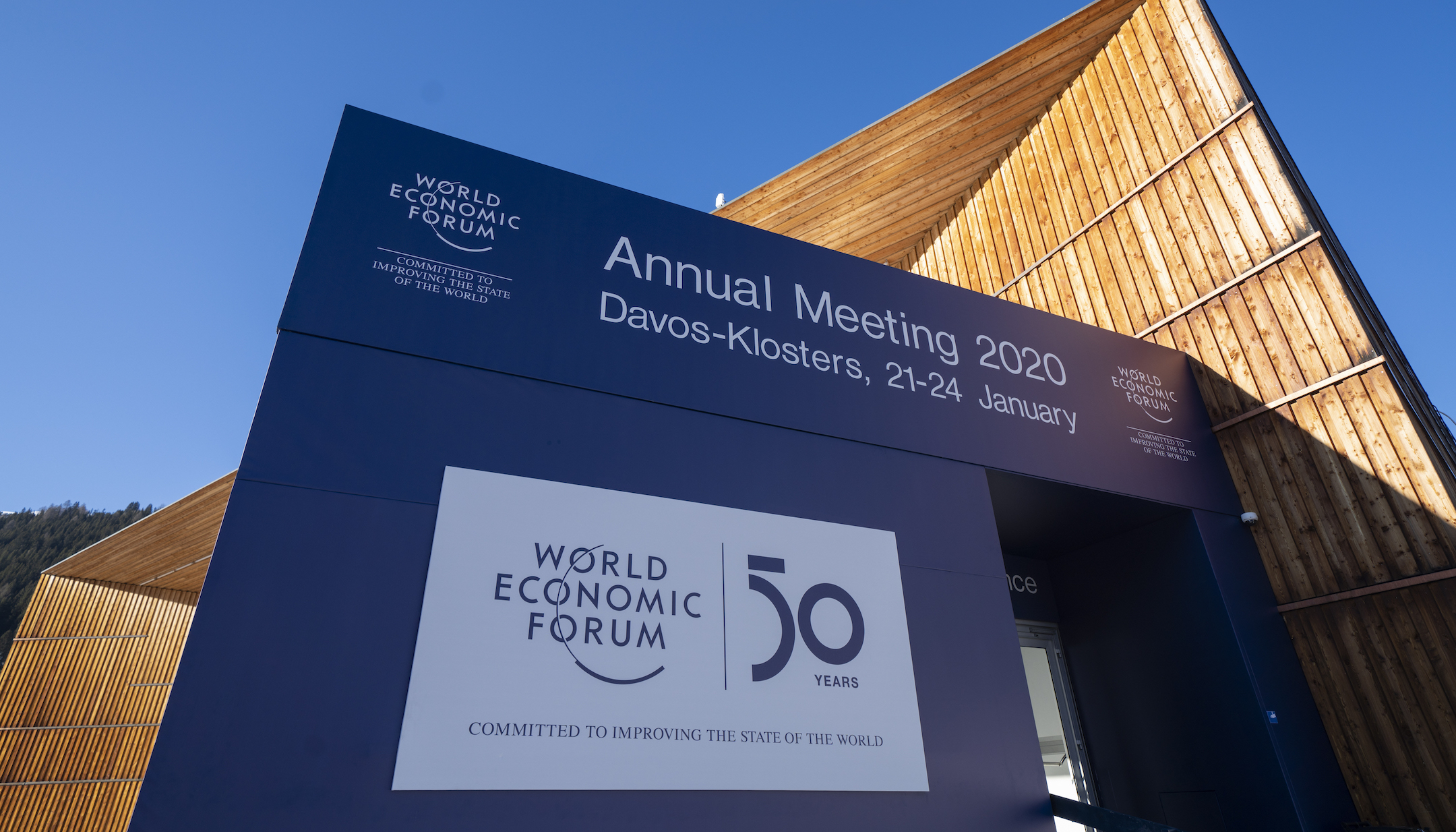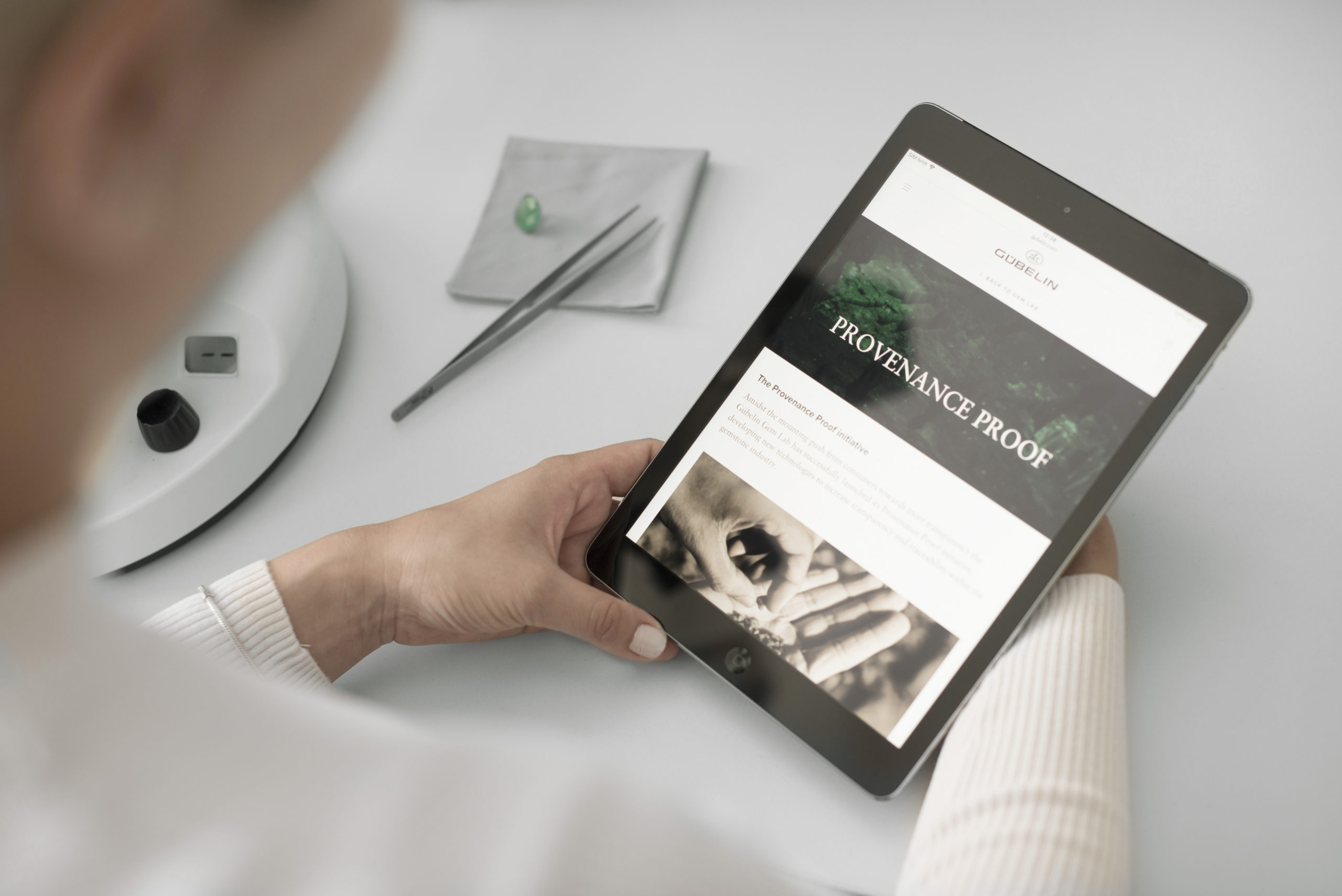Carrie George asks whether the application of OECD Due Diligence in the diamond industry can help raise standards all along the pipeline, in response to growing consumer expectations for ethical sourcing.
“Was this diamond ethically sourced?”
Finding a convincing answer to this question is easier today than it was 20 or even 10 years ago – whether for consumers or those stakeholders further upstream. The diamond pipeline has already come a long way in terms of promoting transparency, both through self-regulation and (more recently) technology solutions, such as blockchain-certified provenance.
There are successful examples of downstream (retailers, jewellers, brands, etc.) and upstream leaders (top mining companies, their associations, and governments) bringing about positive change by working closely with each other to press for best practices by the top diamond manufacturers. That said, the transition is far from complete. The industry remains under pressure to improve its supply chain transparency, driven by a global push for sustainability and increased consumer demand for ethical sourcing.
Why the delay? Because this trade is complex. And the change necessary will require trust, collaboration and transparency across the industry with the smallest midstream actors.
The nature of the diamond pipeline only adds to the complexity, as the vast majority of midstream manufacturing takes place in India, where small businesses are ultimately responsible for carrying out a large proportion of the practical sourcing and reporting activities. Traditional due diligence includes reporting reliable geographic origin, implementing third-party audits of their entire traceability systems, and in some cases, reporting specific indicators of risk and improvement regarding social or environmental impacts where diamonds or other gemstones are mined. The small midstream actors are not equipped to carry out this traditional due diligence without industry mechanisms that can make this practical and impactful for them.
Take a bite from an Apple?
Given midstream operators face extreme cost pressures from both retailers and mines and struggle to differentiate, this approach often leads to low margins and reluctance to share sourcing data. In combination with existing financing challenges in the industry and the Covid-19 disruption, many small businesses are now at their breaking point. These midstream businesses cannot impact or implement change on the ground without significant support well beyond their immediate purchasing practices.
There have been a number of significant improvements in the large scale diamond industry driven by advocates, governments and the diamond miners. And consumers have responded by demanding more of the diamonds produced responsibly and increasing focus on environmental practices and livelihoods of the communities in and around the mines.
But substantive improvement of artisanal diamond mining and trading practices will require the coordination and the political, financial, and programmatic collaboration between the downstream and mining stakeholders. If left at the feet of the midstream stakeholders alone to coordinate and drive, transparency efforts will fail to have the intended impact on the ground. And this imbalanced burden being placed largely on the midstream could potentially lead to a backslide in transparency if sustainability goals are perceived as a serious threat to livelihoods.
So, while it’s true that sustainability leadership in diamond manufacturing has risen up the agenda in recent decades, it’s also true that issues persist around corruption, community and worker exploitation, and environmental degradation. Rather than sail alone for the horizon, a ‘lifting all boats’ approach is needed to elevate the whole pipeline to a higher level of transparency.
Stay and Help!
In this regard, the diamond industry can learn lessons from the electronics industry, which faces similar concerns and accusations around ‘conflict minerals’ like tin, tungsten, tantalum and gold. Market leaders, such as Apple, have followed OECD Due Diligence Guidelines for the Responsible Sourcing of Minerals (OECD DD) with notable success. Rather than encounter unproductive market barriers, as feared, they have actually reduced administrative inefficiencies in data collection, government reporting and consumer claims, while simultaneously expanding the supply of legitimate goods.
Instead of a binary good/bad rating system, the OECD DD recommends a continuous improvement model. Companies are guided towards evaluating success on a progressive
process where an initial minimum standard is applied, and then it gradually works toward establishing best practices in the supply chain. It should be stressed that the emphasis on collective responsibility for this continuous improvement is critical, so that midstream players are not left holding the burden of influence or financial responsibility.
In the electronics industry, when the initial target started with the absolute declaration of “conflict-free”, few players were willing to sign up for it. But, after Apple spearheaded a more OECD-aligned orientation that measures impact and progress on human rights issues, most of the industry began to participate.
Moreover, adherence to OECD DD is beneficial from more than just a financial
perspective. By improving conditions that better align with human rights standards,
negative reputation can be turned around. Apple was considered a laggard in terms of its mined material sourcing activities. Within two years of implementing OECD DD-aligned practices, it was praised by its most extreme critics as leading human rights and environmental practices in minerals sourcing.By identifying risks and allowing for a reasonable period of time to make improvements, the industry can be true leaders and demonstrate real impact. This moves away from a “cut and run” mentality towards a sense of “stay and help” in alignment with OECD DD, the UN Guiding Principles, and Sustainable Development Goals (SDGs).
Wouldn’t it be better to work with the supply chain, create momentum, and collaborate to see improvements? Only in exceptional cases — such as if supply chain stakeholders are entirely unwilling or if certain severe risks are present — should a downstream buyer, who is already engaged in sourcing, suspend business relationships. If the downstream stakeholder suspends business too quickly without attempting to make improvements, their leverage to bargain for improvements is lost.
Why Blockchain?
Industries such as diamonds and gemstones, where there is a need for increased
efficiency, transparency and interoperability across supply chains, can greatly benefit
from the adoption of technologies such as blockchain. Blockchain platforms can help
to build a transparent, real-time value chain that encourages compliance and good
practices.
The OECD has recently launched an advisory group of blockchain experts and innovators,
of which Everledger is a member, signalling its intention to help governments
set a policy environment that encourages innovation and experimentation in blockchain,
while monitoring the risks of misuse and fragmentation.
In light of the climate crisis, the OECD can help industries to reframe their approach
to supply chain due diligence. It’s not enough to consider where something came
from, but also where it goes after we are no longer using it. Blockchain has a leading
role to play in the establishment and expansion, and (eventually) the standardisation
of the circular economy.
Practical and definitive criteria, data management information, and procedures for
improvement will need to be outlined by the whole industry. Ideally, manufacturing leaders, established mines, and luxury brands and retailers will support initiatives that create a well-defined path forward. This suggestion means that miners, traders, and manufactures with less responsible practices must be given clear guidance, systematic reporting formats, and time-sensitive milestones regarding the needed improvements.
Regardless of the specifics of the tools and criteria, one thing is certain: there must
be an increase in support for the midstream leaders and small/medium-sized companies
across the supply chain to participate in steps that aim to improve due diligence
practices. If midstream leaders continue to be involved in these conversations and implementations, a greater percentage of the supply chain will make sincere efforts to improve — and to weed out unwilling actors from those who may simply be reluctant for fear of failure or retaliation.
Everledger will continue supporting the alignment of data, interoperability with other technologies, and the focus on improving the human rights and environmental practices in these supply chains. We believe there is a bright future for the diamond and jewellery industry, and we look forward to playing our part in its progress.
Read the full concept paper here.
